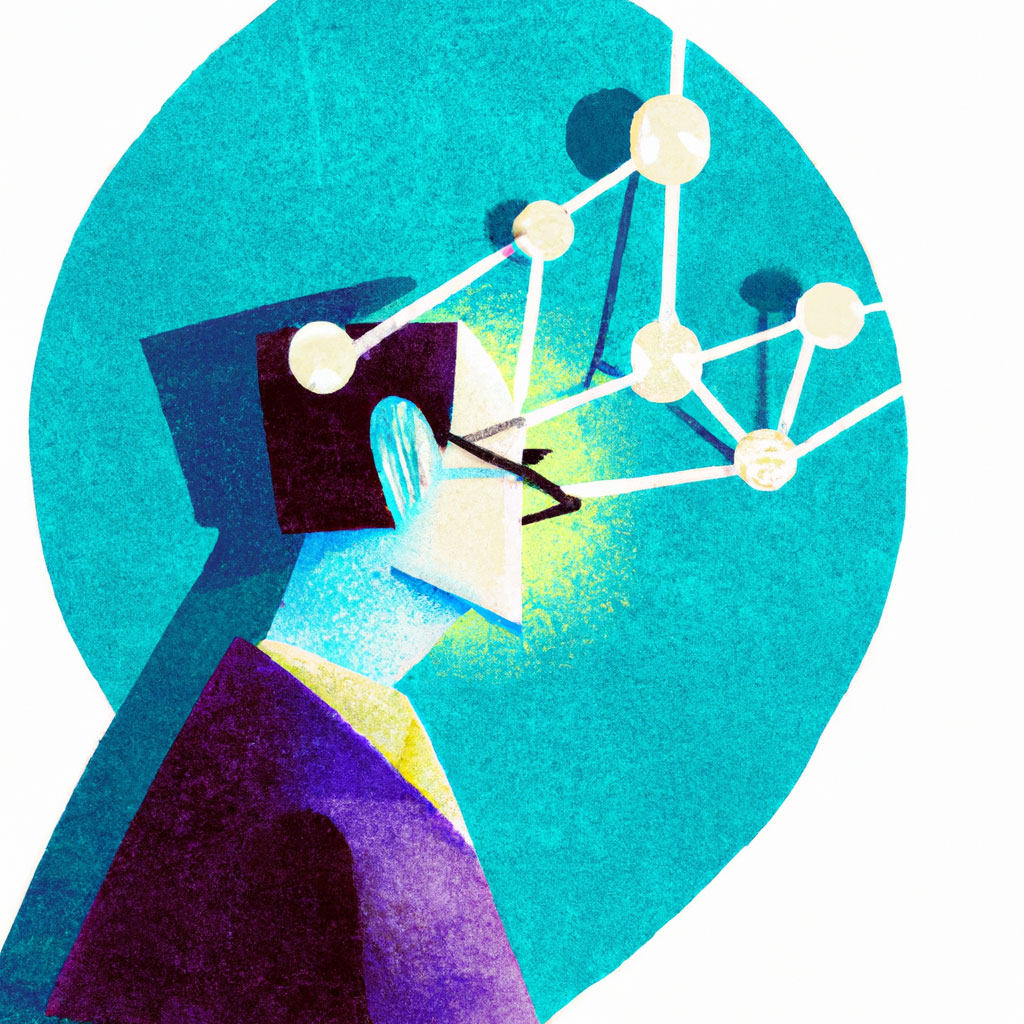
Balancing Data-Driven Decisions and Intuitive Insights in Graduate Medical Education
There is an inherent need to balance data-driven decisions against intuition in graduate medical education (GME). Data have their advantages; so does intuition. Both of these factors help in making the learning experience for medical residents better.
The Data-Driven Decision Making Journey
Data-driven decision making (DDDM) means one makes a decision based on hard data. It is growing in higher education because a lot of data is coming through, mainly from assessments and learning management systems. The volume of data now available to schools and programs allows them to track trends in learner performance upon which they could found curriculum and instruction modifications.
Data analytics in GME programs can be used to track residents’ progress, the effectiveness of the program, and for necessary training adjustments. However, studies by the RAND Corporation indicate that though data is important, it is just the beginning of the process and that one has to analyze it to use it as a basis for making informed decisions.
Intuitive Insights
Data give you the numbers; intuition gives you the background. It helps experienced educators and administrators see issues that the data may not reflect, such as resident burnout or specific stressors that different groups may face. Intuition is based on experience and deep knowledge of the subtleties within medical education.
Intuitive insights are most valuable when the data is incomplete, or one needs to make a quick decision. They fill the gaps which data may not offer and ensure that decisions are rounded and complete, taking into consideration the welfare of the residents.
Insights from Harvard Business Review
A piece from the Harvard Business Review adds another layer of depth to the discussion. It points to a number of key points, all very relevant to GME:
Distributed Decision Making: The article underlines the fact that it is important to involve more than one person in the decision-making process. This can create more creative solutions and better manage risk. For instance, the Cleveland Clinic uses a tiered system where decisions are made as close to the action as possible, involving employees at all levels.
Cognitive Biases: Even seasoned leaders could fall prey to cognitive biases. Organizations recognize and nullify such biases by involving groups in decision-making.
Development of Decision-Making Skills: The need to teach employees at all levels how to make better decisions. This will involve developing data literacy, improving critical thinking, and creating a safe space where people feel safe to share their ideas.
Finding the Right Balance
The correct balance between data-driven and intuitive decision-making will be realized when one appreciates the strengths and limitations of both. Good administration in GME combines data analytics with personalized learning to meet individual needs, thus improving outcomes. This ensures that decisions are evidence-based and contextually appropriate.
A culture valuing data and intuition will need both training in data literacy and an environment that encourages experienced professionals to share insights. This would lead to more informed, effective, and adaptive decision-making processes.
Integrating data-driven decision-making with intuition insights provides a robust framework to administer GME programs. Using both the approaches, the programs can enhance their quality of training, respond effectively to emerging challenges, and finally improve the educational experiences and outcomes for medical residents.
For further reading, check out these sources:
-
“Data-Driven Decision-Making (DDDM) for Higher Education Assessments: A Case Study” from MDPI.
-
“Making Sense of Data-Driven Decision Making in Education” by RAND Corporation.
-
“How Learning Analytics Is Reshaping Higher Education” from Northeastern University’s Graduate Blog.
-
“Data-Driven Decision Making in Education” from Graduate Programs for Educators.
-
“Who Is Really Making the Decisions in Your Organization—and How?” from Harvard Business Review.